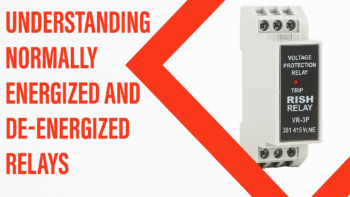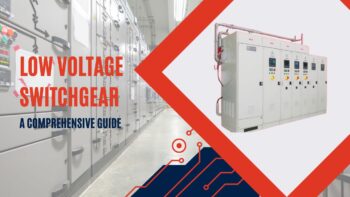What is a True Off Delay Timer?
Off-delay timers play a crucial role in various industrial and commercial applications by controlling the timing of device shutdowns or disconnections. Two main types of off-delay timers widely used are True Off-Delay Timers and Switch-Initiated Off-Delay Timers. Understanding their differences, operations, and ideal applications can significantly enhance efficiency and safety in your automation setups.
What is a True Off-Delay Timer?
A True Off-Delay Timer remains energized when power is continuously applied. Timing only starts when power is removed. In simpler terms, after you disconnect the power, the relay within the timer remains activated for a predetermined period before turning off. This is especially useful in cases where equipment must remain operational for a short period after power loss.
Ideal Applications of True Off-Delay Timers:
- Emergency lighting systems
- Cooling fans in electrical cabinets
- Maintaining ventilation systems after equipment shutdown
Recommended Product: Multispan True Off-Delay Timer (100-270V AC) POD-22
What is a Switch-Initiated Off-Delay Timer?
Switch-Initiated Delay Off Timers (also known as regular Off-Delay Timers) activate the timer when an external switch or input signal is turned off. The timer starts its countdown only when the initiating switch turns off, rather than power loss. The equipment continues to operate for the set duration before shutting down.
Ideal Applications of Switch-Initiated Off-Delay Timers:
- Lighting control in stairways or corridors
- Exhaust fans in bathrooms or kitchens
- Conveyor systems for product handling
Recommended Product: Multispan Delay Timer Relay Multirange (0.1 sec to 10 hours) DI-22
Difference in Operation:
The core difference lies in how these timers initiate their delay countdown:
- True Off-Delay Timer: Starts timing after the power supply is disconnected.
- Switch-Initiated Delay Off Timer: Begins timing when the initiating switch or control input is turned off, irrespective of the main power supply.
The fundamental difference lies in what triggers the timing cycle. For a True Off-Delay timer, it’s the removal of power. For a Switch Initiated Delay Off timer, it’s the removal of a control signal, while power must remain applied. This distinction dictates their suitability for different applications. A True Off-Delay timer can function through momentary power losses to complete its cycle, whereas a regular off-delay timer will reset if power is lost during the delay.
When to Use Which Timer:
- Use True Off-Delay Timers when you need equipment to remain briefly operational after power loss.
- Opt for Switch-Initiated Delay Off Timers when you want delayed equipment shutdown triggered by user interaction or automated control signals.
Why is it Important to understand the Difference?
Choosing the correct off-delay timer ensures equipment safety, energy efficiency, and optimal functionality. Incorrect timer selection could lead to equipment damage, increased maintenance costs, or inefficient power usage.Knowing the difference between these timer types is crucial for:
- Correct system design: Choosing the wrong timer can lead to malfunction, safety hazards, or inefficient operation.
- Troubleshooting: Understanding how each timer operates helps in diagnosing issues within a system.
- Cost-effectiveness: Selecting the appropriate timer ensures you are not over-specifying or under-specifying components.
By carefully considering the application requirements and the trigger for the time delay, you can select the most suitable off-delay timer for your needs.
References and Further Reading:









Leave a Reply